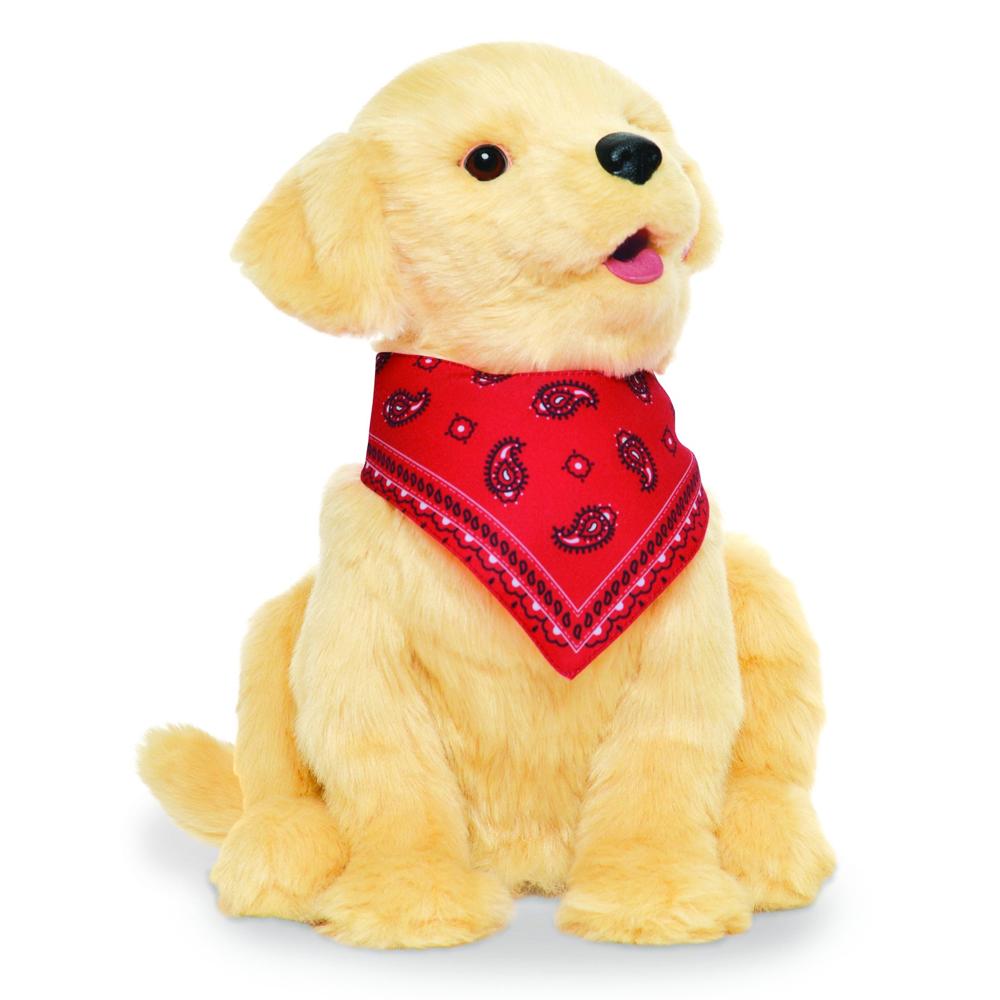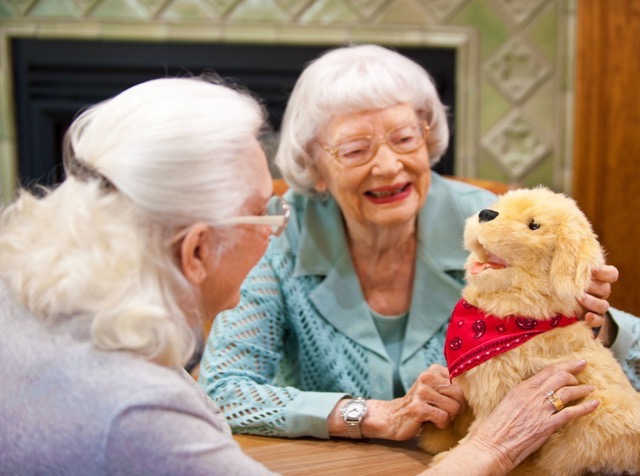Robot Pets for Elderly and Dementia Patients
Robot Pets for Elderly and Dementia Patients
Pets have been known to help people reduce stress in their lives. Many animals are sensitive to emotions and can support with managing them. Even in general, people are likely to feel happy or at least positive when they are with animals.
However, elderly and sick people are unable to take full responsibility for pets. Fortunately, technology has allowed for a solution in the form of robot pets. As compared to past developments, the robot pets of today are quite life-like. They have fluffy coats and life-like eyes that make them look close to reality. Robot pets for the elderly are not only great for companionship but offer care as well.
Benefits of Robot Pets
It is true that real pets can prove to be an amazing addition to the life of the elderly or people sick with illnesses like Dementia and Alzheimer’s. But these pets need emotional and physical care themselves as well. So they can also be a burden on the elderly and the caregivers. With robot pets, slight maintenance is manageable and provide multiple benefits at the same time. Here is how robot pets are helpful for the elderly and dementia patients:
- They are designed to provide animal therapy, which helps in reducing stress in both patients and caregivers
- The robot pets are interactive, therefore, reducing a communication gap between patients and caregivers
- These have been proven to have a positive psychological impact on the patients. They promote relaxation and motivation so they are recommendable for dementia patients
- Robot pets are a great way to improve socialization of patients. If used in caregiving facilities, they can help with patients socializing with each other and the caregivers too

Joy for All Companion Pet
One of the more popular robotic pet models comes from Hasbro with their Joy for All Companion Pet. Designed for ages 5 -105, you can choose either a cat or dog. Both feature a realistic coat, a simulated heartbeat, and authentic sounds. With built-in BarkBack technology, the Golden Pup can turn its head and respond to sound, while the companion cat features VibraPurr™ sounds which mimic the sound and feel of real purring. These pets do many of the same things their living counterparts do, including moving their head towards your hand when petted or rolling over for a belly rub.
Why can Robot Pets Change Lifestyles of Elderly and Sick?
Most elderly and sick people can feel lonely. It is possible even when they are surrounded by kind families and friends along with caregivers. The reason is that they are on this journey alone and nobody else can exactly understand their pain and suffering. Dementia patients and those with other mental disorders can become agitated too.
These feelings of loneliness and agitation can be reduced by robotic pets. The elderly and sick are not likely to expect the robots to understand them. They will interact with the robot pets without expectations. Also, these robots are programmed to behave and act according to the handler’s actions and behavior. For example, it can respond to certain words and type of touch. Some also have temperature and light sensors. The robot pets respond just like lively pets. They will move their heads and limbs, make sounds, and act like the owner wants them to.
This way the elderly and sick can enjoy all the benefits of real pets without having to worry about providing care in return. A positive change can be experienced in their lifestyles as well as those of the caregivers.
Most elderly and dementia patients are at the end of their lives. Robot pets can be a significant addition to their palliative care.
Check out some other industries integrating speech recognition.
Speech Recognition in Grocery Shopping Speech Recognition in Cars
Speech Recognition in Customer Service The Future of Speech Recognition Technology
Pet Translators Speech Recognition in Travel
Speech Recognition in Blockchain Speech Recognition in Video Games
Speech Recognition in Advertising Speech Recognition in Health Care

